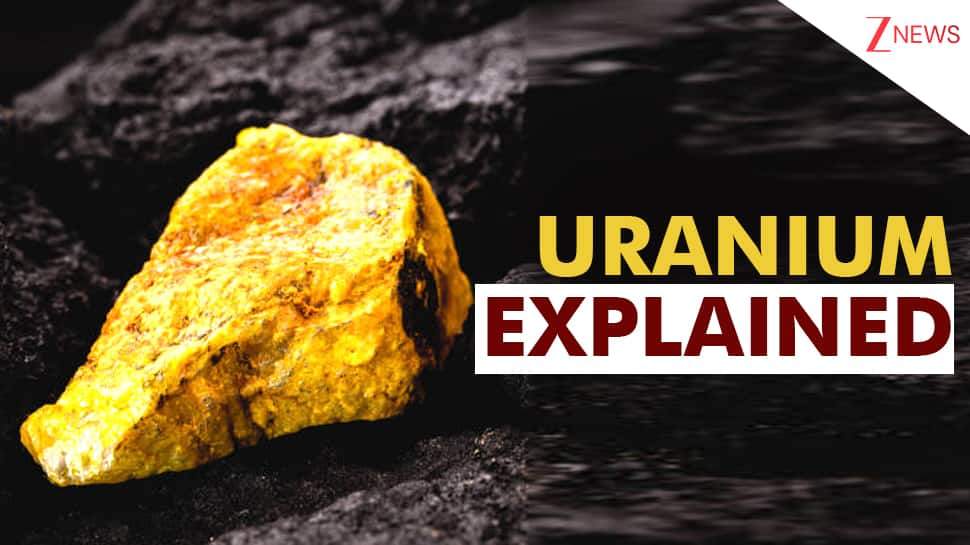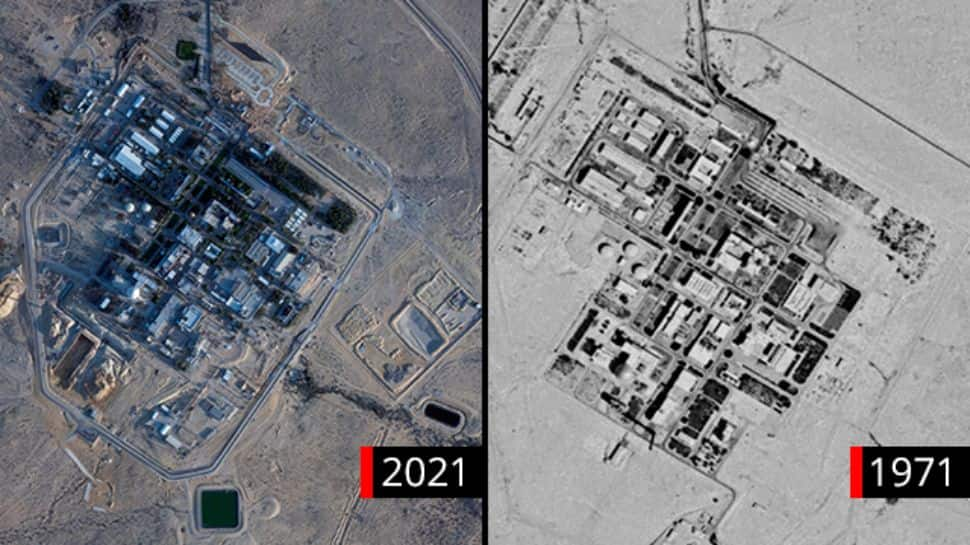Iran’s 400kg Uranium Cache: How Many Nuclear Bombs Could It Make? | World News

Against a backdrop of increased international scrutiny and recent military action, worries are growing regarding Iran’s alleged control of 400 kilograms of uranium. Though information about the enrichment of the uranium is still imperative, analysts examined what such an amount might represent in the context of nuclear weapons potential.
Nuclear weapons, some of the most deadly weapons in the world, use highly enriched uranium (U-235). If the 400 kilograms reported is weapon-grade uranium (90% U-235), it potentially could supply anywhere from 7 to 14 nuclear weapons, depending on efficiency and weapon design.
Knowing The Nuclear Potential
How many bombs can be manufactured from a quantity of uranium depends on two main factors: the purity of the uranium and bomb design.
Uranium Type and Purity
Natural Uranium: It contains only around 0.7% of the fissile isotope U-235, hence it cannot be used directly for bomb making without heavy enrichment.
Weapon-Grade Uranium (HEU): Needs a minimum of 90% U-235. The present discussion takes the 400 kg to be weapon-grade already. If the 400 kg were natural or low-enriched uranium, the number of bombs would be significantly smaller, as it would first have to be submitted to a complicated and time-consuming enrichment program.
Critical Mass For A Bomb:
The ‘critical mass’ refers to the minimum quantity of fissile material necessary to fuel a nuclear chain reaction. This varies greatly with bomb design:
Older Designs: Such as the “Little Boy” atom bomb detonated over Hiroshima, which took approximately 50–60 kilograms of uranium.
Modern Designs: These designs use sophisticated methods like neutron reflectors to cut down the need to as low as 15–25 kilograms of uranium. As an average for the purpose of calculation, 25 kilograms per bomb is generally used for modern designs.
The Calculation:
400 kilograms of uranium comprising 90% U-235 would result in a total usable amount of U-235 as 360 kilograms (400 kg * 0.9).
At a mean of 25 kilograms of U-235 per bomb for contemporary designs, this is around 14 bombs (360 kg ÷ 25 kg/bomb). With older, less efficient designs, the figure would be nearer 7-8 bombs.
Key Points:
This calculation is in theory. The actual manufacture of nuclear weapons entails vast engineering hurdles, involving very accurate explosives, neutron triggers, and state-of-the-art manufacturing processes.
The Non-Proliferation Treaty (NPT) and other global laws strictly prohibit the manufacture and use of nuclear weapons by non-nuclear states.
Sizes, Powers, and Impacts of Nuclear Bombs
Nuclear bombs are classified according to their explosive yield in kilotons (kt) or megatons (Mt), with 1 kiloton being equivalent to 1,000 tons of TNT.
1. Small Nuclear Bombs (Tactical Nuclear Weapons):
Yield: 0.1 to 10 kilotons.
Size: Slightly heavy (50–100 kg), intended for battlefield deployment, deployable by artillery shells, missiles, or even in “suitcase nukes.”
Impact: Able to wreak havoc of huge proportions within a 0.5–2 km range. Thermal effects can also burn people badly up to 3 km. Instantaneous dangerous radiation within 1 km, radioactive fallout if detonated on the ground.
Example: US W54 warhead (0.1–1 kt).
2. Medium Nuclear Bombs (Strategic Weapons/City-Busters):
Yield: 10 to 100 kilotons.
Size: Medium (100–1000 kg), usually delivered by aircraft or missiles.
Impact: Destruction in a 2–5 km radius. A 15-kiloton bomb can annihilate everything within 1.6 km. Thermal burns reach 5–8 km. Instant radiation deaths within 1–2 km, with fallout reaching dozens of kilometers.
Historical Impact: The 15-kiloton “Little Boy” dropped on Hiroshima killed an estimated 70,000–140,000 immediately.
Examples: “Little Boy” (15 kt) and Nagasaki’s “Fat Man” (21 kt).
3. Major Nuclear Bombs (Thermonuclear/Strategic Weapons):
Yield: 100 kilotons to several megatons (1 Mt = 1,000 kt).
Size: Heavy and bulky (over 1,000 kg), launched through Intercontinental Ballistic Missiles (ICBMs) or heavy bombers.
Design: These are hydrogen (fusion) bombs, triggered by a fission reaction. They need less fissile material (5–10 kg of plutonium or uranium) for enormous power.
Effect: A 1-megaton bomb would result in extensive destruction within a 10–15 km range, with thermal burns up to 20–30 km. Prompt radiation fatalities in 3–5 km, and fallout will travel hundreds of kilometers, having long-term health consequences.
Historical Example: The “Tsar Bomba” of the Soviet Union (50 Mt) in 1961 remains the largest bomb ever detonated.
Uranium vs. Plutonium: Most contemporary nuclear weapons use Plutonium-239, with a reduced critical mass (4–10 kilograms) compared to weapon-grade uranium. If Iran had 400 kilograms of weapon-grade plutonium, it might possibly manufacture 40 to 80 bombs.
The data presented are for educational purposes only and underscore the complication and destructive capacity inherent in nuclear materials.







